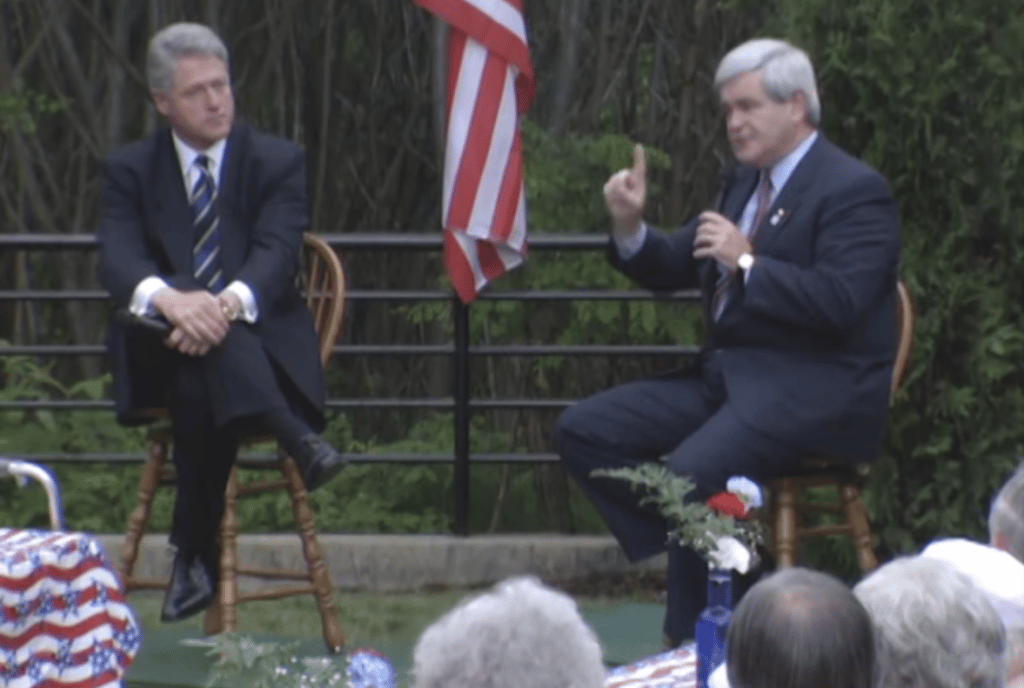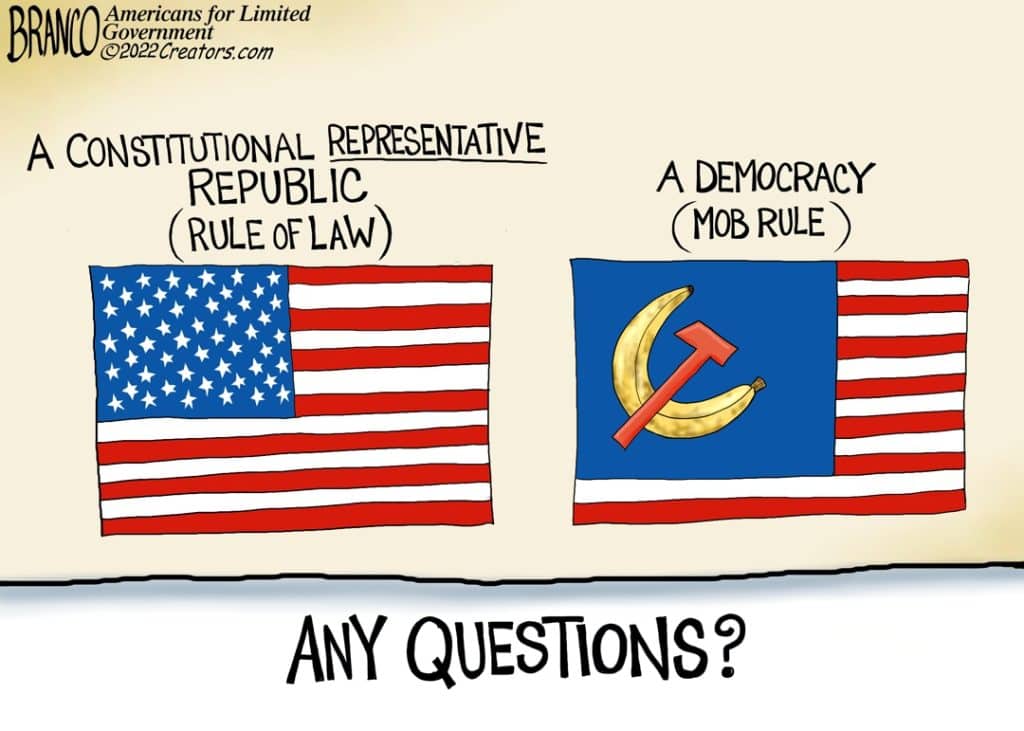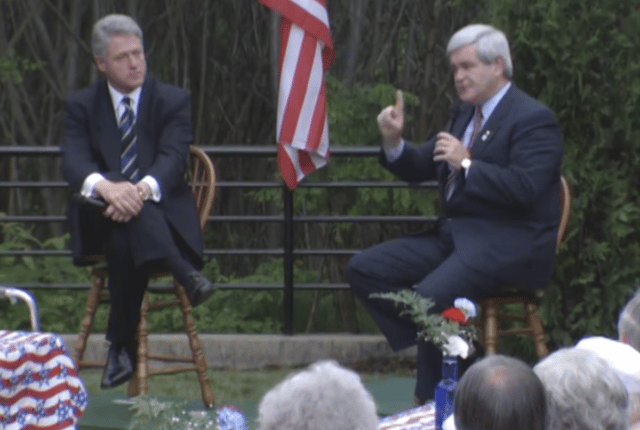Sept. 27, 2022
Permission to republish original opeds and cartoons granted.
Want to cut spending in Congress? Mixed government will do.

By Robert Romano
Since 1901, federal spending outlays have increased in 100 out of 122 fiscal years, according to the White House Office of Management and Budget (OMB), or about 81.9 percent of the time, as the budget has grown from a mere $525 million to its gargantuan $6.8 trillion as of 2021. Only 22 times was spending actually cut.
Nine of those times was with complete Republican control of the House, Senate and White House: 1902, 1905, 1920-1924, 1927 and 1954. In 1947, Republicans had the House and Senate, but not the White House, when wartime spending was being cut.
Seven of those times was with complete Democratic control of the elected branches: 1933, 1935, 1939, 1946, 1965 and 2010. Interestingly, each one of these instances came after massive increases in spending from the Great Depression, World War II, the height of the Vietnam War and the financial crisis and Great Recession of 2008-2009.
In 2022, it will be no different. Spending will fall from record levels hit in 2020 and 2021 because of the Covid pandemic and ensuing economic lockdowns that crippled the global economy, down to a projected $5.7 trillion, according to OMB.
And then there are the truly mixed government examples, with one party controlling the White House and either the House or the Senate, but not both: 1911-1912, 1955 and 2012-2013.
In only one case did one party control both chambers of Congress but not the White House did spending actually decrease: 1947. But again, that was wartime spending ending.
If those cases of war or economic emergency are left out, the best examples of actual spending cuts occurring because of policy differences between the parties are all of the mixed government examples, but also Republican rule of the early 1900s and again in the 1920s, where it was simply one-party rule. In the 1920s, spending was being cut, and the budget was running a surplus the entire time. That was back when the U.S. ran trade surpluses. In fact, it ran trade surpluses from 1870-1970 until the demand for oil exceeded U.S. supplies, and so it was a lot easier back then.
2012 and 2013 stand out as the most modern examples of spending cuts that, yes, was still coming off the spending highs of Great Recession, but also because of the 2011 sequestration deal cut by then-House Speaker John Boehner (R-Ohio) and President Barack Obama that froze discretionary spending levels, resulting in a couple actual decreases in outlays.
The GOP Congress of 1995-2000 did manage to score some budget surpluses from 1998-2001 without ever decreasing overall spending, simply by constraining the growth rate of spending. That too was a compromise arising from a mixed government situation, as well.
The last two Republican presidents, George W. Bush and Donald Trump, did not cut spending despite having both chambers of Congress. You have to go back to Dwight Eisenhower for a Republican president that did that, when it was more commonplace, but even then, that was coming off of Korean War spending. And the last four Democratic presidents, Jimmy Carter, Bill Clinton, Barack Obama and Joe Biden all oversaw large increases in federal spending, especially in their first years in office. Richard Nixon and Ronald Reagan both had Democratic Houses to contend with, and Nixon had to deal with a Democratic Senate, too.
Overall, to cut spending, the trick in Washington, D.C., especially in modern history, appears to be to first increase spending a lot on a temporary basis, and then when it falls, pretend to take credit for it. Even then, with the exceptions of the GOP in the 1900s and 1920s, usually the party simply failed to continue increasing it, perhaps as it was losing control of power, as in 2010 and 1946, and perhaps 2022, as well. Otherwise, mixed government is your best bet, where one party controls the White House and the other controls one or both chambers of Congress, where the likelihood of a budget disagreement arises necessitating a compromise.
Robert Romano is the Vice President of Public Policy at Americans for Limited Government Foundation.
Cartoon: Here's The Difference
By A.F. Branco

Click here for a higher level resolution version.
Video: Secret to a Massive Red Wave in the 2022 Congressional Midterms

To view online: https://www.youtube.com/watch?v=V4Ywp5FYfsM


